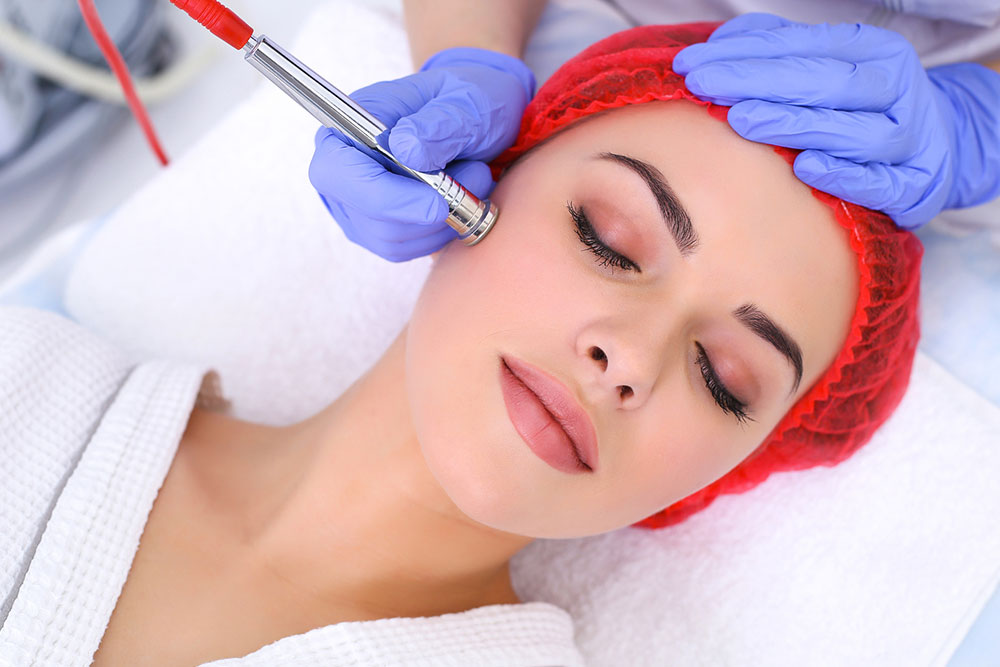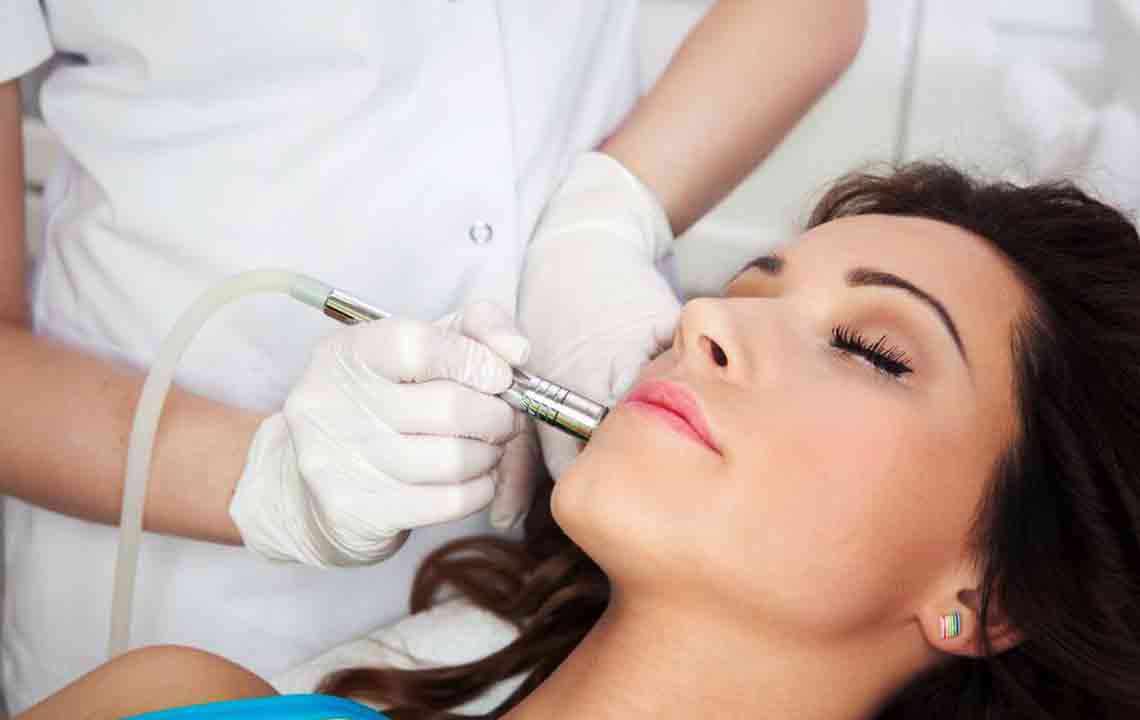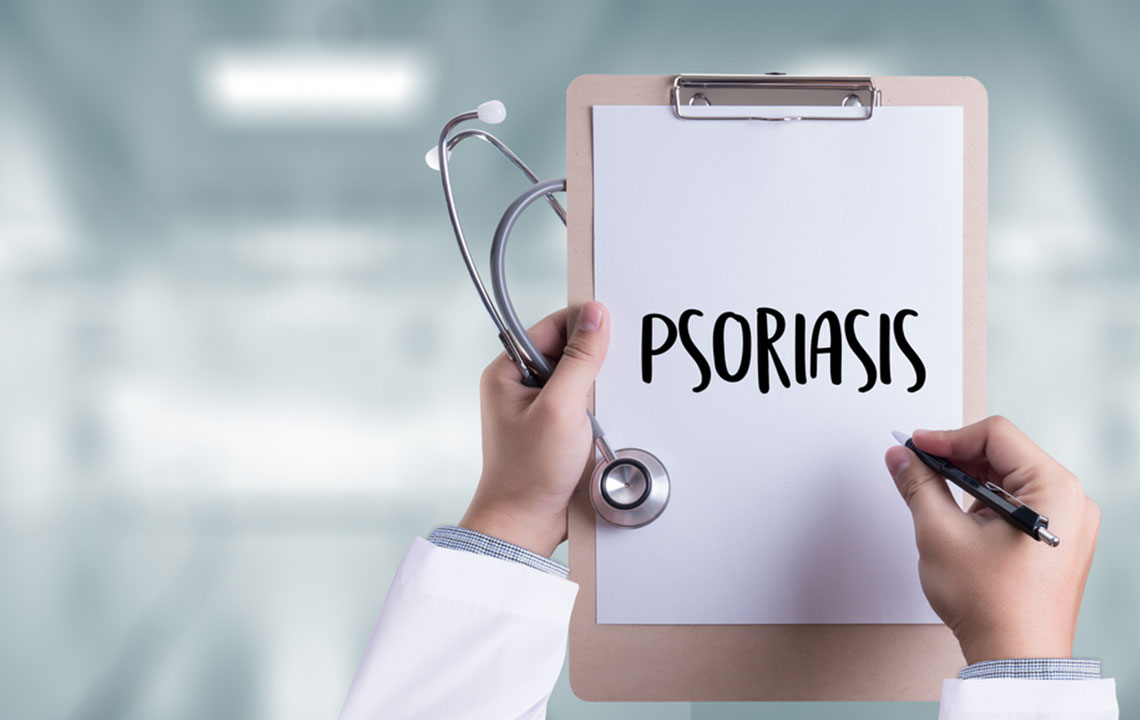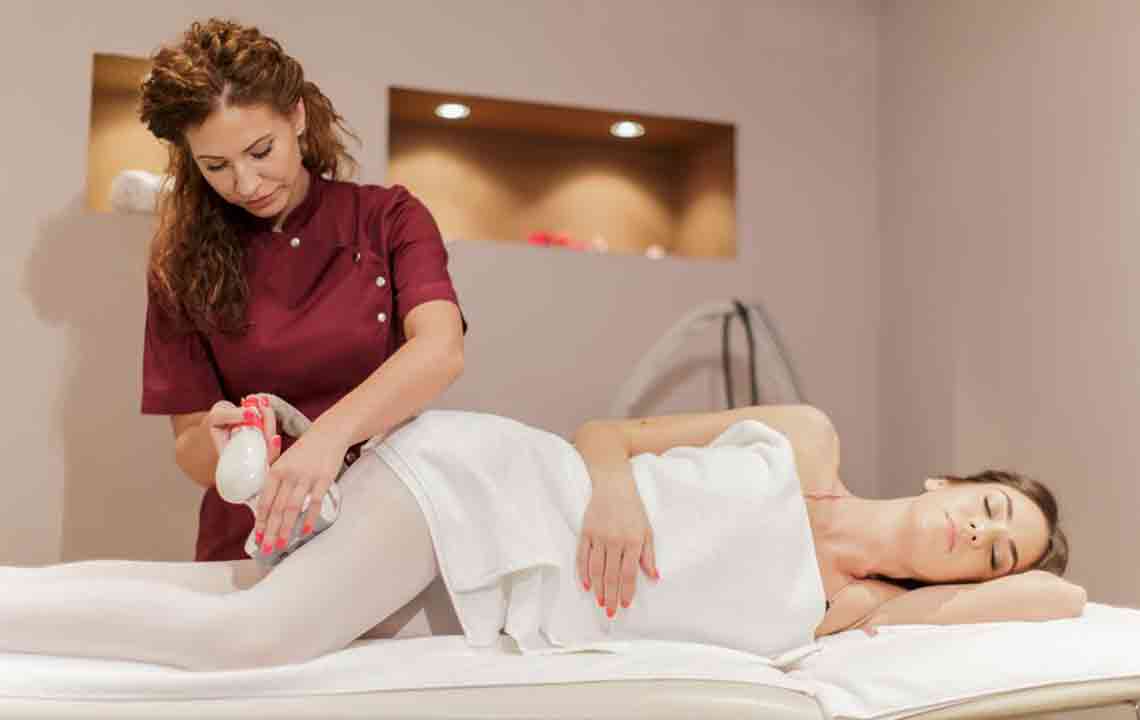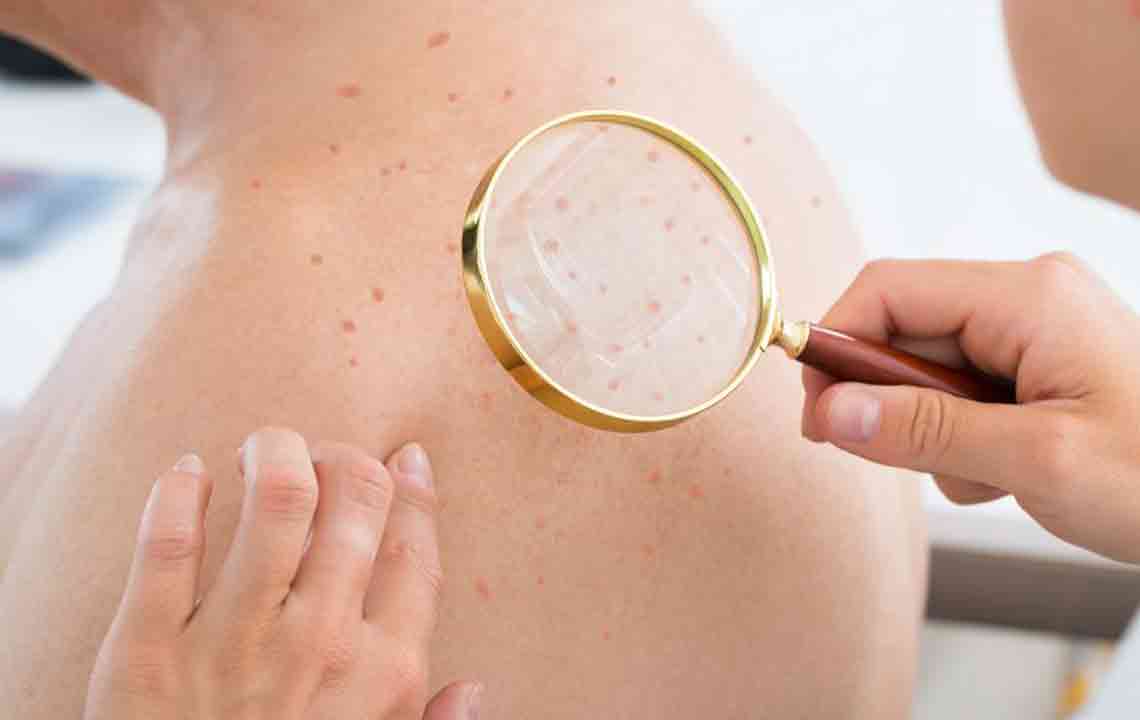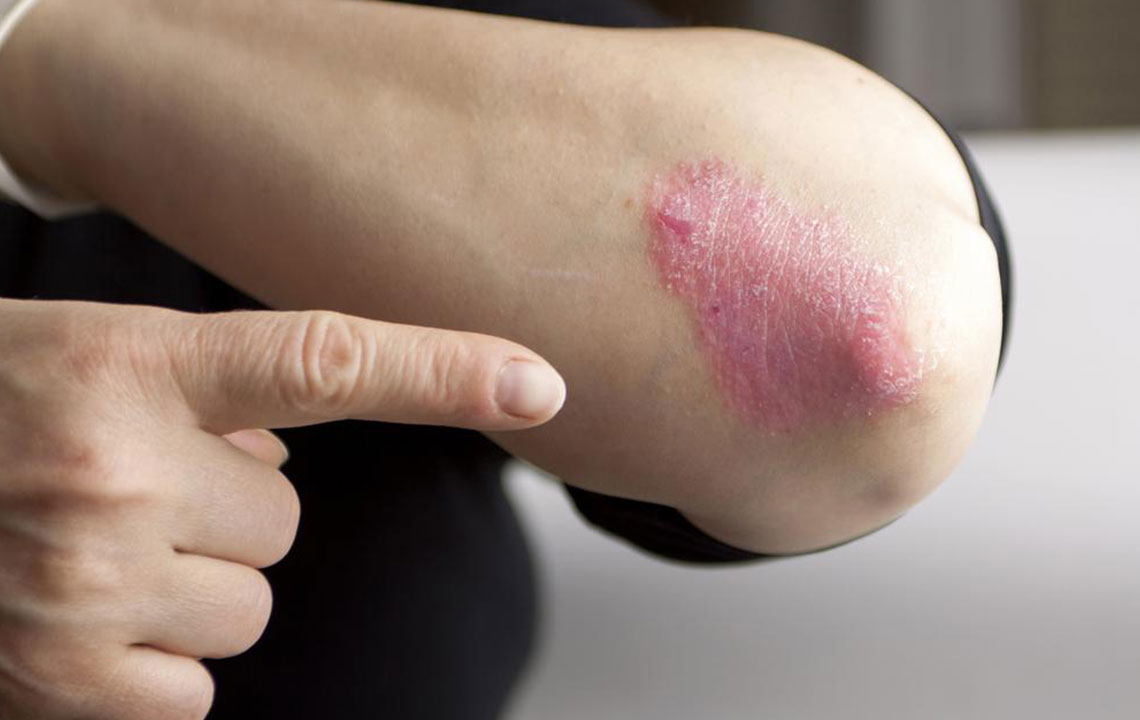Discover effective scar removal options including topical treatments, laser therapy, and skin grafting, along with their costs. Understand the causes of scars like acne, burns, and surgeries, and choose suitable solutions with professional guidance. Price ranges from affordable over-the-counter products to advanced surgical procedures. Make informed decisions for better skin health and appearance.
Effective Strategies for Scar Reduction and Treatment Costs
Scars can result from injuries, burns, or skin conditions, often leaving lasting marks that impact appearance. Fortunately, numerous treatments are available to diminish or eliminate scars. Options range from non-invasive topical solutions to advanced surgical procedures like laser therapy and skin grafts. Selecting the right approach depends on the scar type, location, and severity. Understanding the different methods and their associated costs can help individuals make informed decisions for effective scar management.
Common Scar Treatment Options
1. Over-the-Counter Topical Products
For superficial scars, dermatologists may recommend topical products such as creams and gels. These typically contain ingredients like vitamin C, retinoids, silicone, and hydroquinone, which can help fade scars over time with minimal side effects. They are usually affordable and easy to use, making them a popular initial option.
2. Medicinal Prescriptions
Prescription treatments can target specific scar types such as keloids or hypertrophic scars. Options include dermal fillers, cryotherapy with liquid nitrogen, or argon gas. These methods reduce irritation, itching, and the appearance of scars, and are tailored to each individual's scar characteristics, as determined by a dermatologist.
3. Laser Therapy
Laser treatments are increasingly popular for diminishing scars, especially acne scars. These procedures can lighten scar color, reduce itchiness, and improve skin texture. While they may not fully remove scars, laser therapy is highly effective for thick, raised scars and stretch marks, making them less noticeable. Some discomfort may occur during treatment, but results can be significant. 4. Skin Grafting
In cases like severe burns or deep scars, skin grafting involves transplanting healthy skin from another body area or, in some cases, from a donor. This surgical method helps improve the appearance of hypertrophic scars and assists in wound healing. Proper post-operative care, including dressings, is essential to prevent infection and promote healing. 5. Microneedling
This technique involves creating tiny punctures in the skin using fine needles, stimulating collagen and elastin production. Microneedling can effectively reduce the appearance of stretch marks and acne scars, but it requires skilled practitioners to avoid complications like infections. Understanding Scar Causes
Identifying the root cause of scars helps determine the most suitable treatment. Here are common origins: Acne: Deep acne lesions may leave persistent scars that resist healing. Consulting a dermatologist can help select effective removal treatments.
Burns: Burn scars can be discolored, itchy, or restrict movement. Various procedures can help reduce their visibility and discomfort.
C-section: Post-surgical scars from cesarean deliveries may require specialized treatments for improvement, especially if healing is slow or scars are prominent.
Piercings: Piercing sites can develop scars, which might be permanently reduced through dermatological treatments based on their depth and size.
Cleft lip repair: Surgical correction of cleft lip may leave scars; early dermatological intervention can prevent permanent marks.
Additional conditions like stretch marks can also be addressed through cosmetic procedures.
Cost Overview
Scar treatment expenses vary depending on the scar’s size, location, and chosen procedure. For example, laser removal prices typically range from $200 to $3,400, whereas skin grafting costs around $3,000. Over-the-counter creams are more budget-friendly, often costing under $20. Consulting with a dermatologist can help determine the most effective and affordable treatment suited to individual needs. 